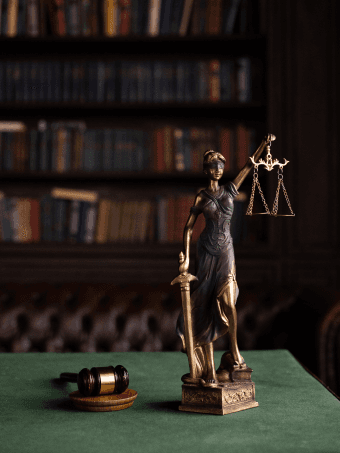Banksy and Copyright Laws
Banksy is known as a firm critic of any traditional IP protection. This goes in line with the anti-authoritarian tone of his work, as he believes that art should be accessible to everyone and has always preferred to keep his distance from commercial production and art galleries.
The street artist also seems to be well-aware of the fact that his works are being reproduced on a massive scale without any of them being under his control. But until recently that didn’t bother him and he continued to encourage the use of his art. In his book published in 2005, Wall and Piece, Banksy stated that “copyright is for losers”, suggesting that anything depicted in public can be freely used by all and without permission.
Banksy’s Trademark Dispute
Pest Control, the company that has been in charge of authentication of Banksy’s work since 2008, first filed an EU trademark for his “monkey sign” work in November 2018, which was registered in June of the following year. However, later in November 2019, the greeting card company Full Colour Black formally opposed the trademark, claiming that it was filed in “bad faith” and that it was “non-distinctive”.

Laugh Now-themed cards from the “Monkey Signs” section of the Full Colour Black website.
The European Union Intellectual Property Office (EUIPO) ruled in favour of Full Colour Black, stating that Banksy had not used his trademark “to commercialize goods and carve out a portion of the relevant market, but only to circumvent the law”. This decision was supported by statements previously made by Banksy, signalling the use of his trademarks only for the purpose of avoiding cancellation. In his Instagram post announcing the opening of the store he emphasized it even further: "I'm opening a shop today (although the doors don't actually open).

Another major reason that it ruled against upholding the copyright was the fact that Banksy’s identity remains a mystery, which makes it difficult to identify him as the unquestionable owner of the work. Furthermore, the ruling was not convinced by the connection between Banksy and Pest Control, stating “the evidence is not exhaustive in this regard as the identity of Banksy cannot be legally determined.”
Why do artists need trademarks?
The world of graffiti has had a long-standing reputation of being an illegitimate form of art, usually associated with vandalism and therefore punishable by law. Because of that, many of its representatives choose to remain anonymous and never officially declare ownership of their works. In the long run, however, this can become a problem, as, without an official trademark, artists like Banksy cannot stop big companies and galleries from using their names or artworks on their unofficial merchandising and products. As far as IP laws go, unique art such as graffiti still has rather limited options when it comes to the protection of its distinctiveness without infringing on the author’s privacy.


